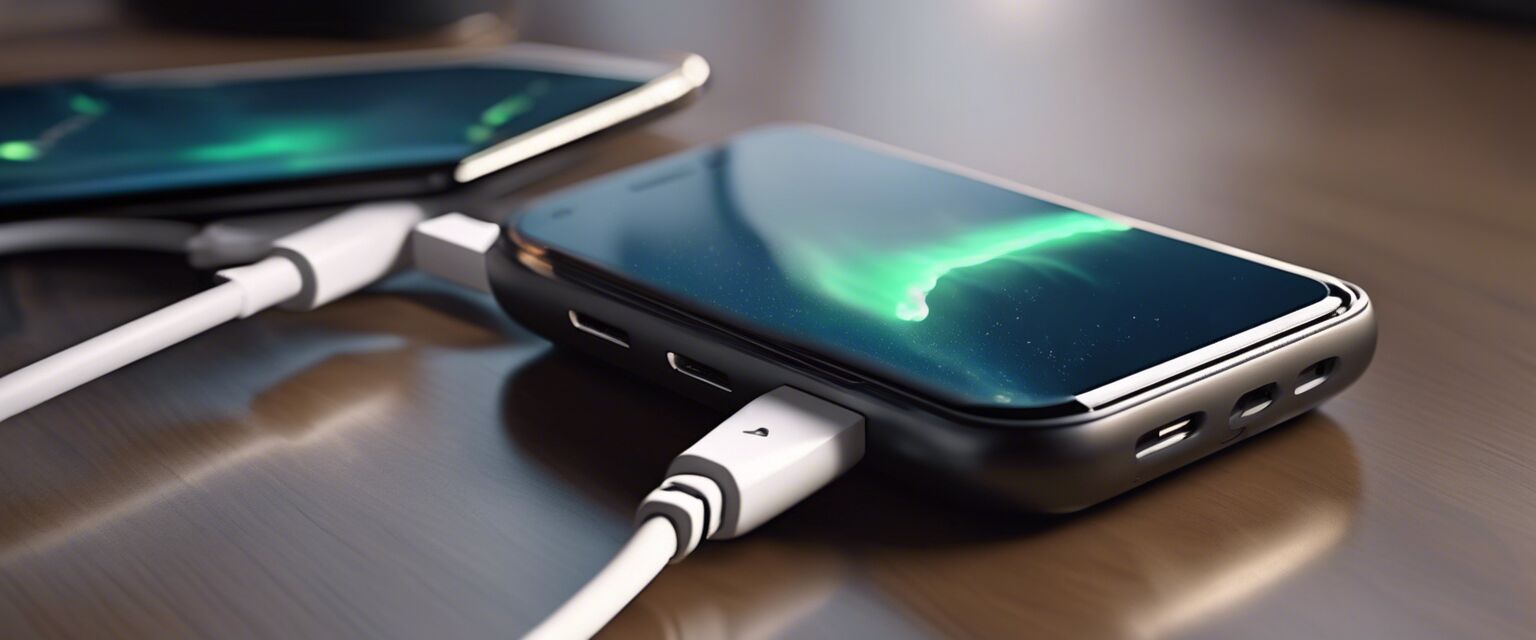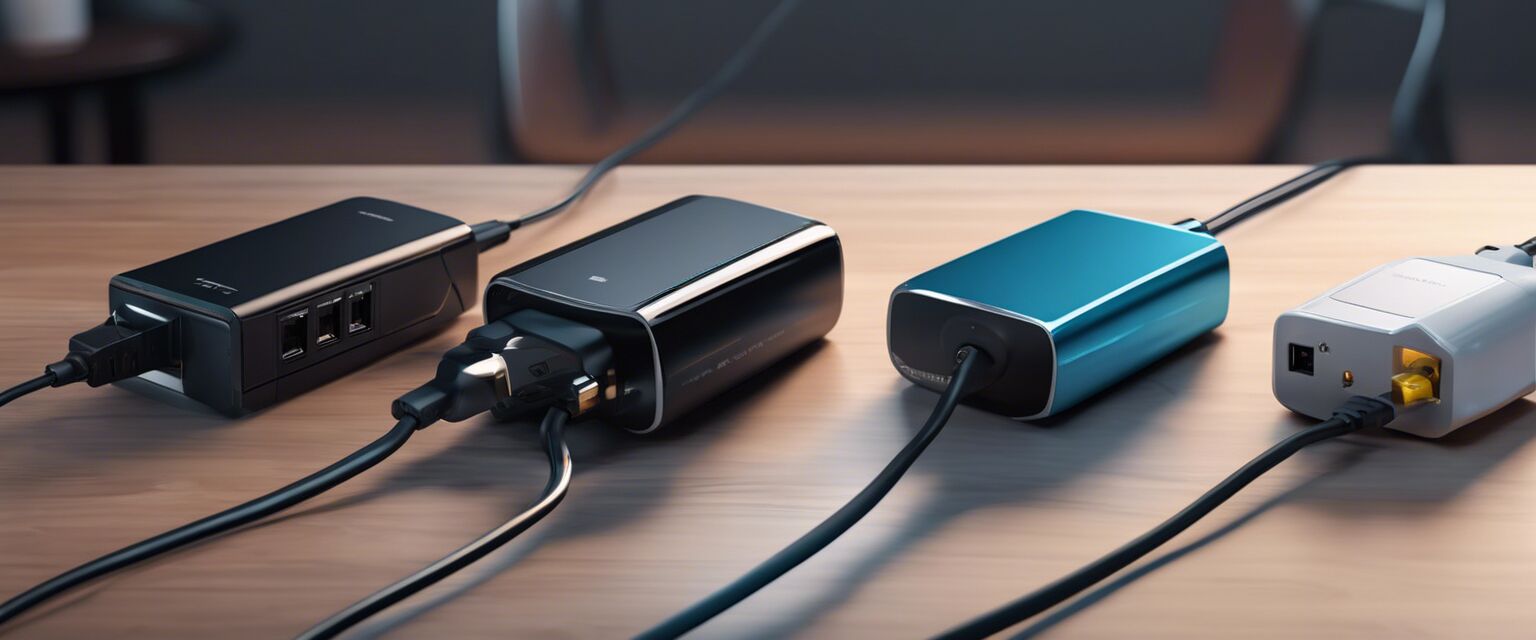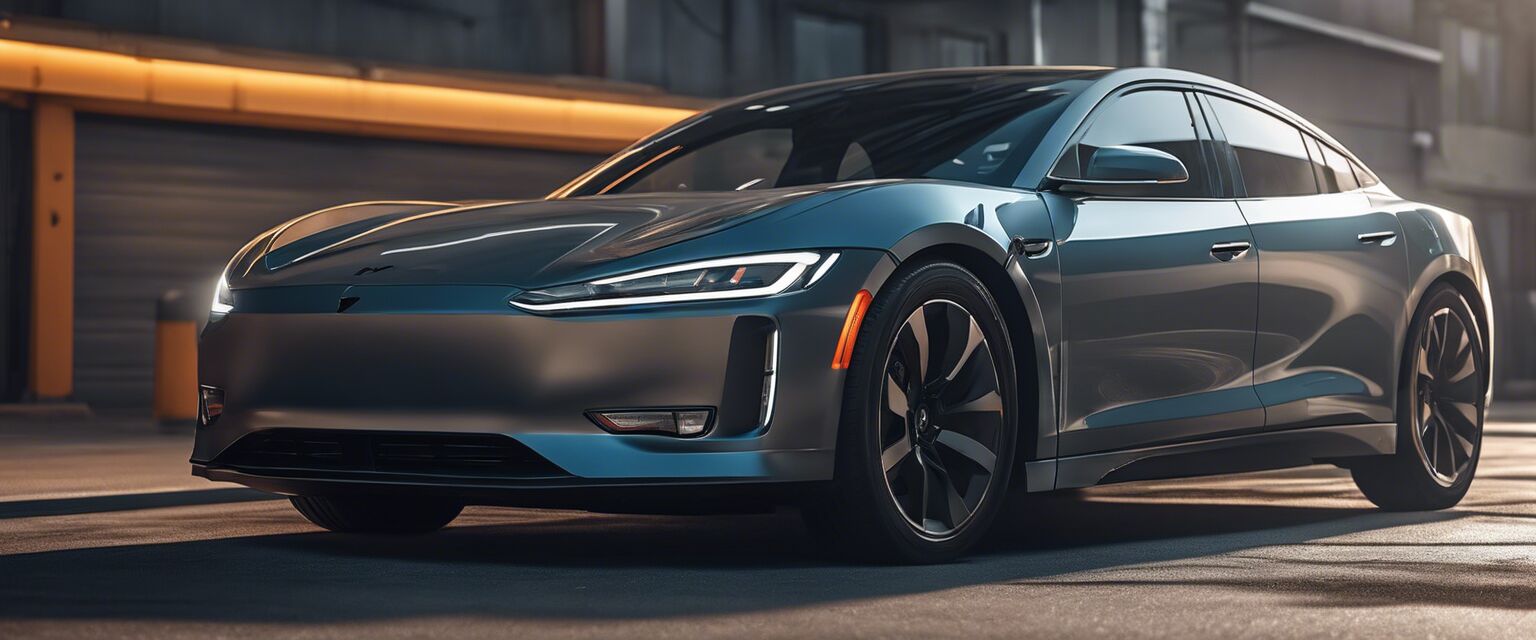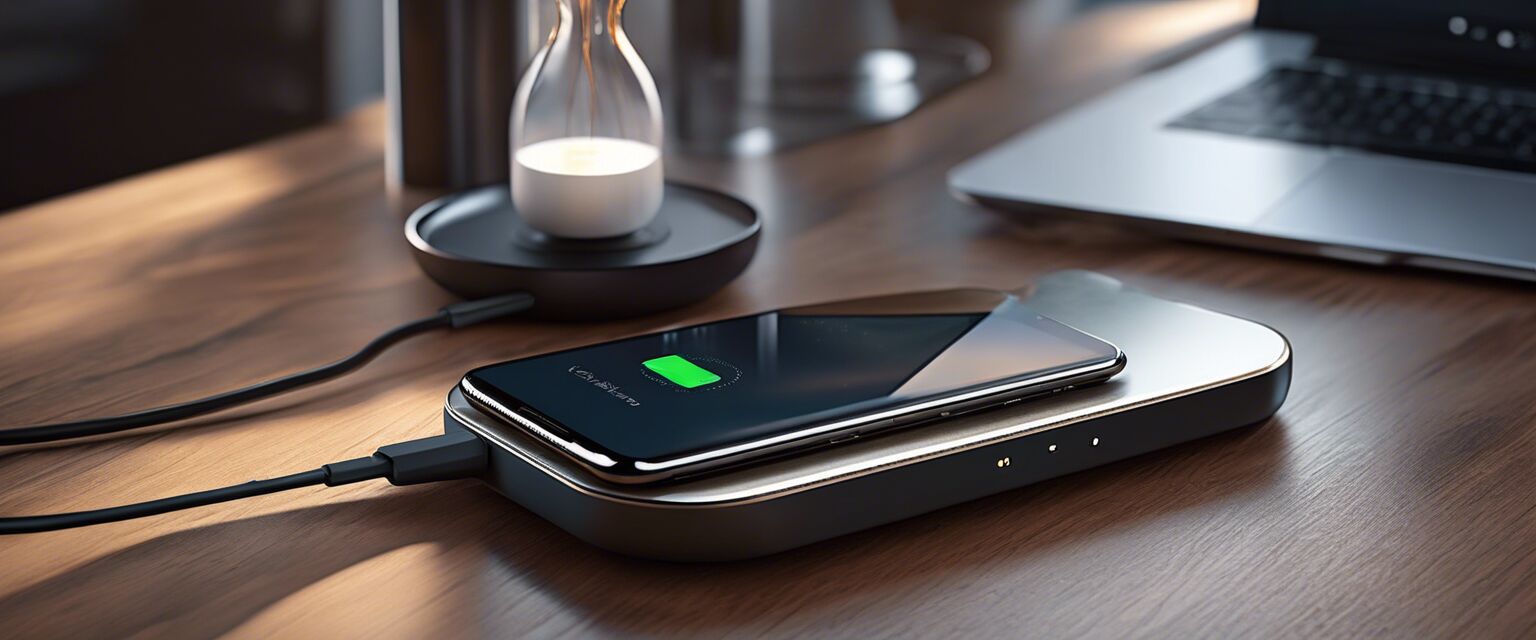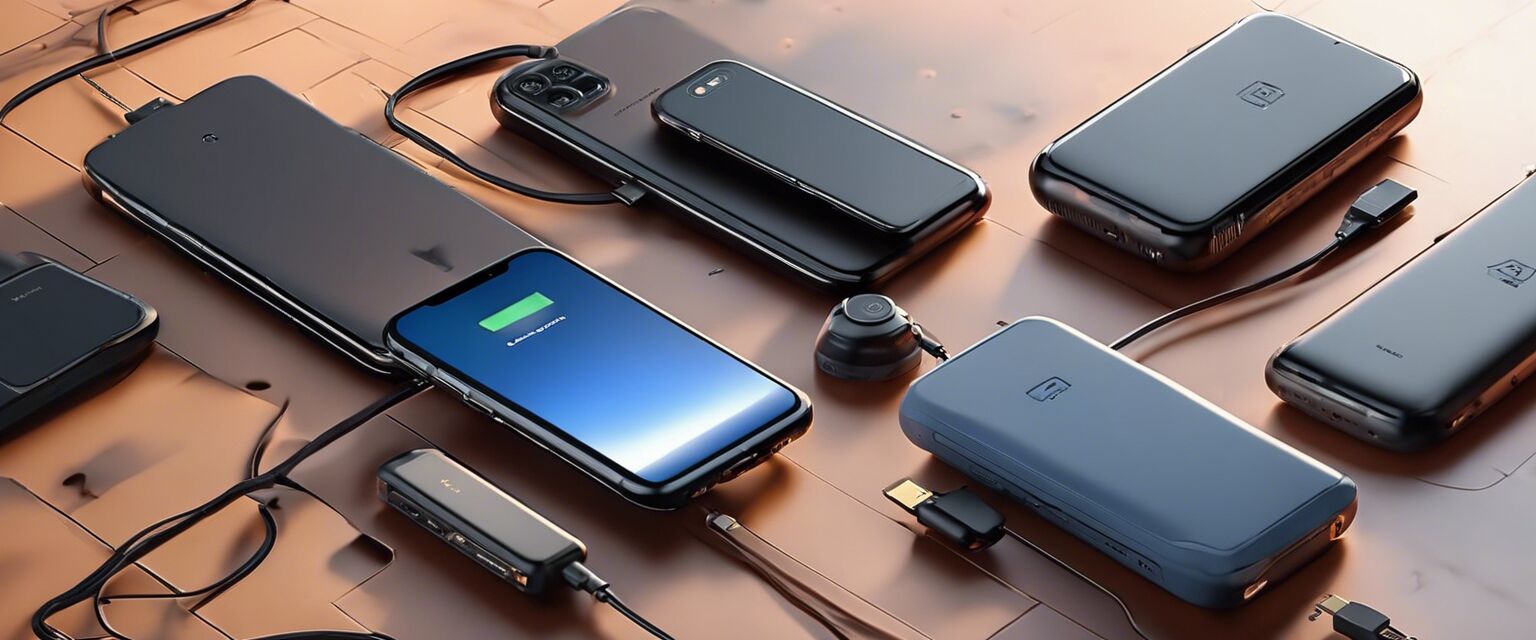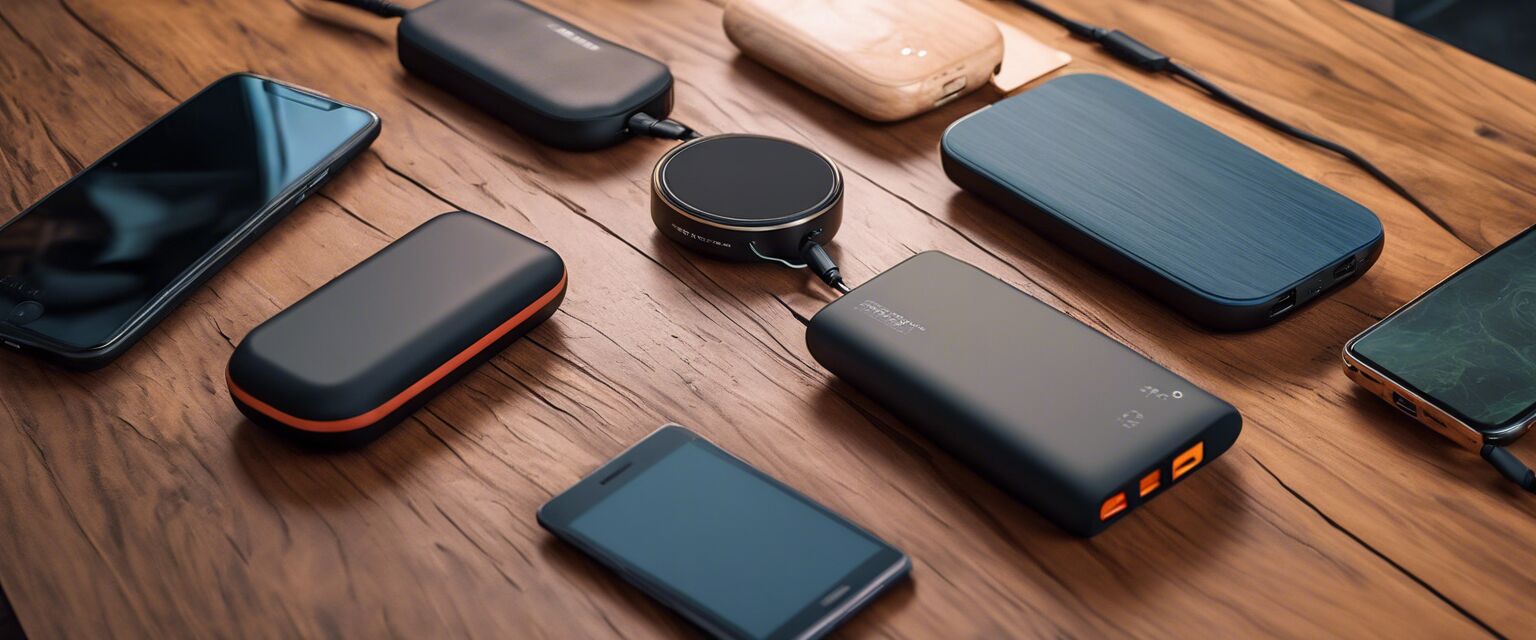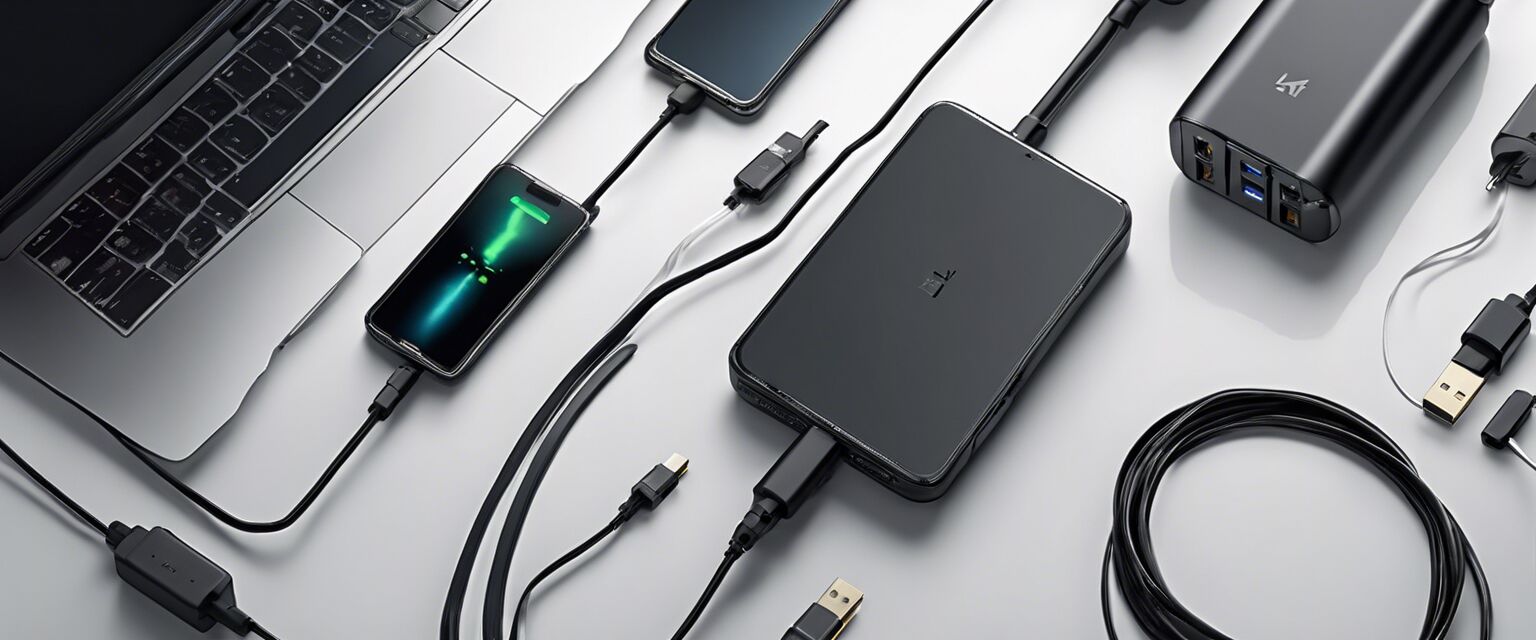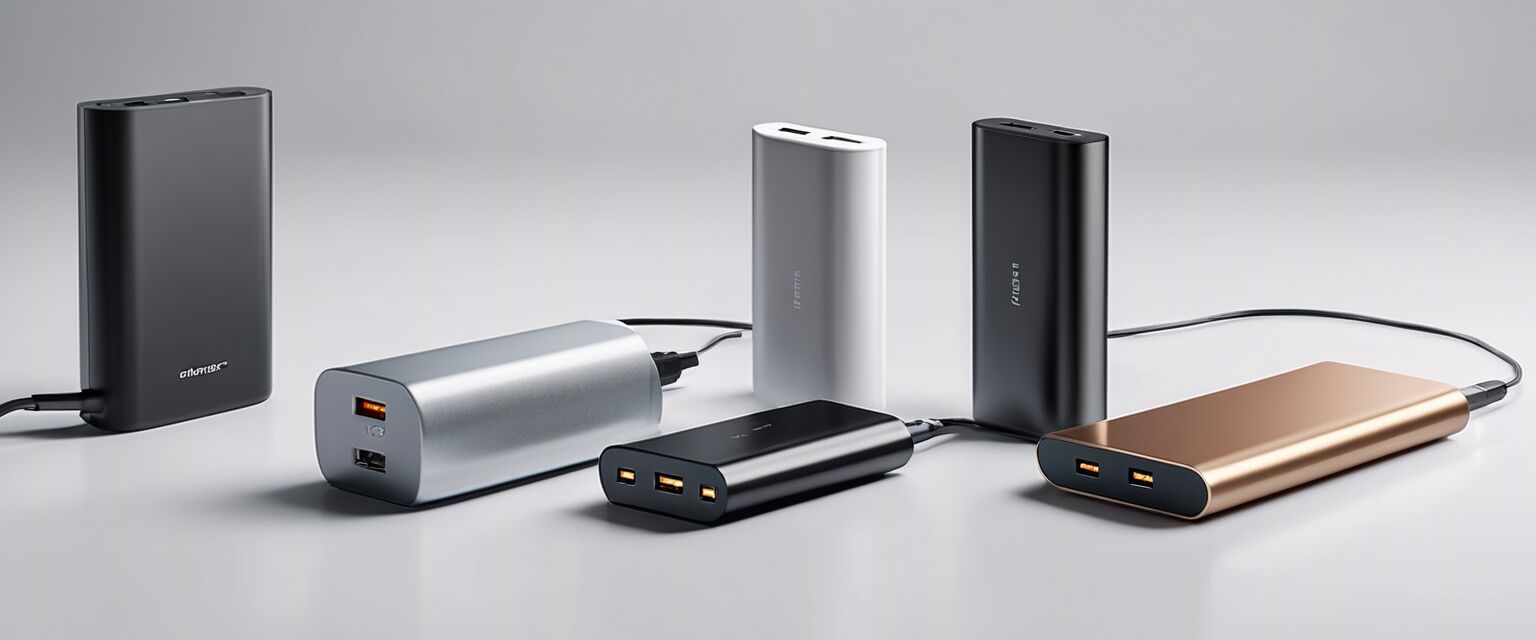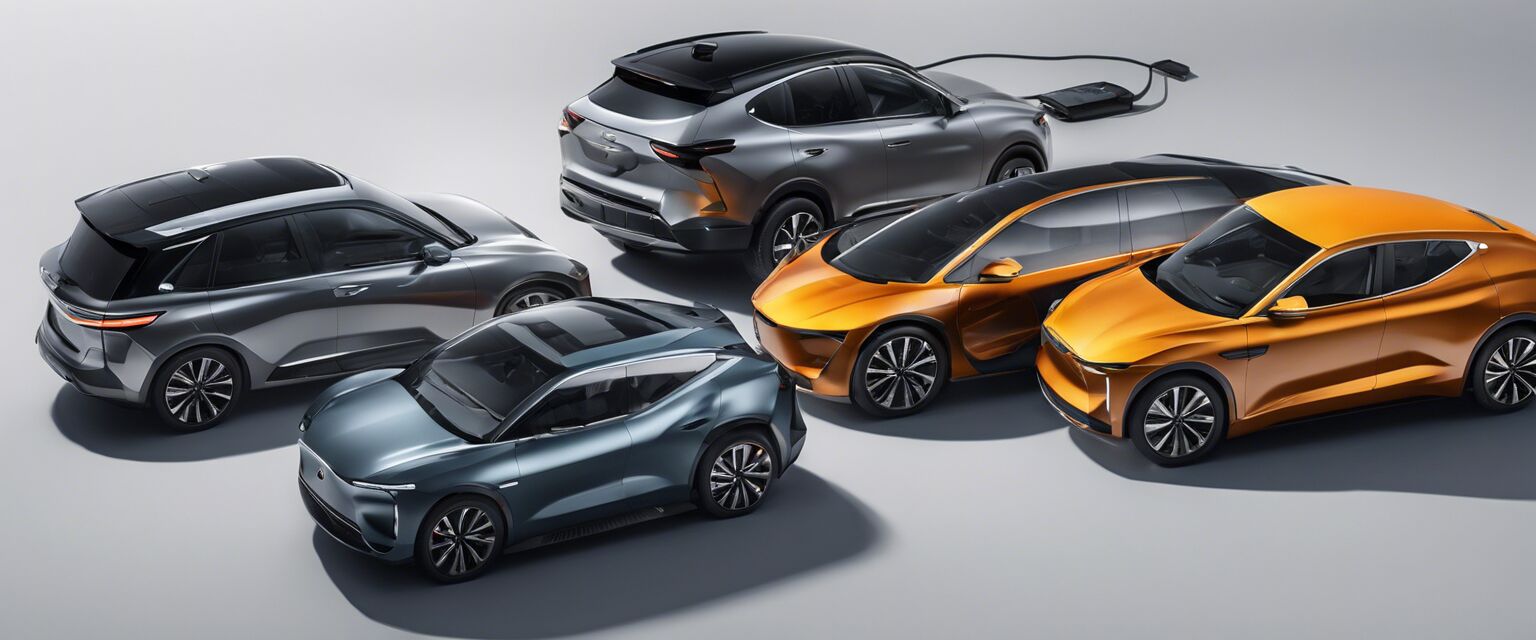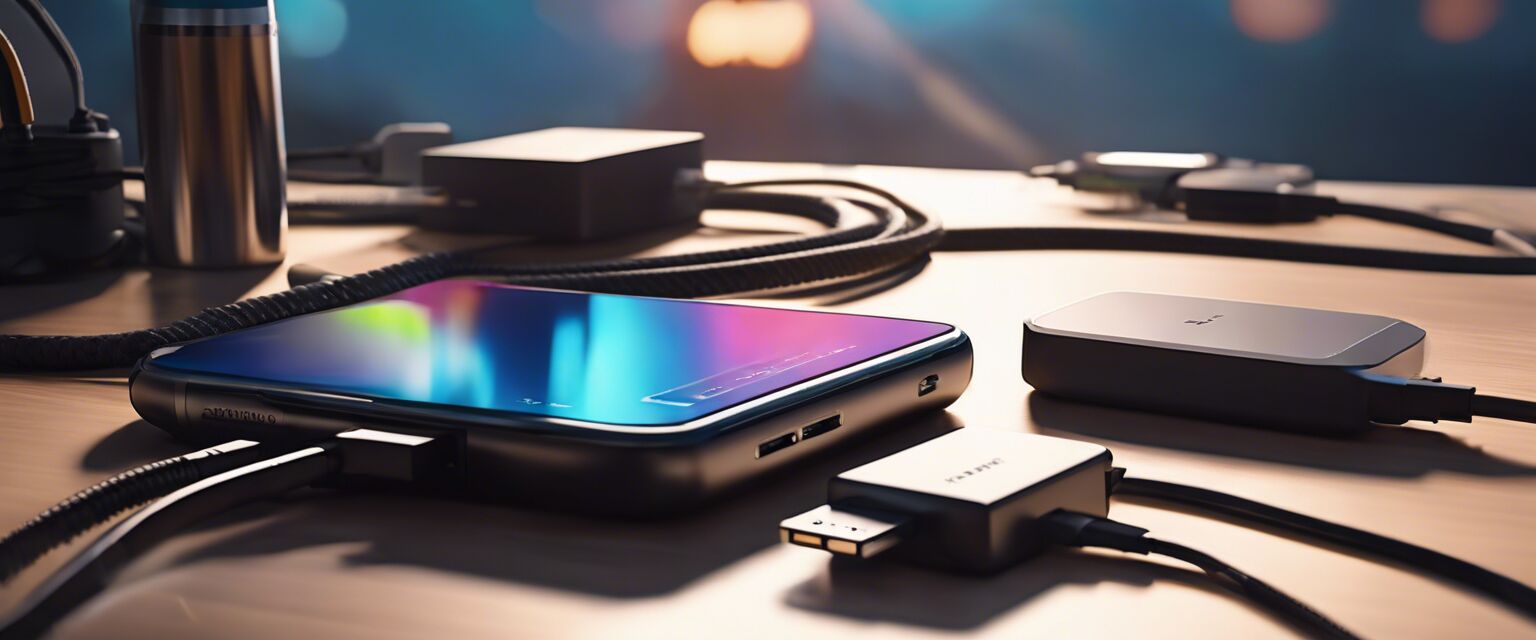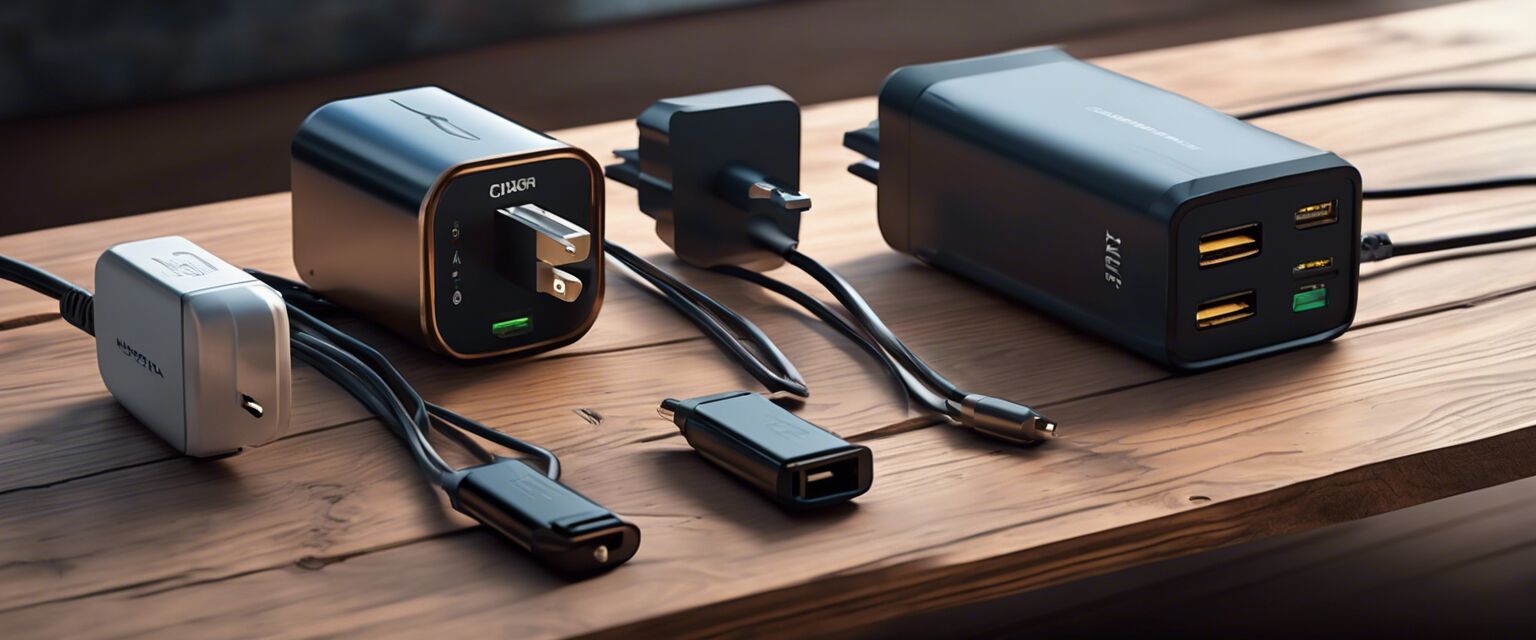
Rapid Chargers
Key Takeaways
- Rapid chargers significantly reduce charging time for various devices.
- Different technologies exist, including Qualcomm Quick Charge, USB Power Delivery, and more.
- Compatibility with devices is crucial for effective use.
- Safety features are essential to protect your devices from damage.
In today's fast-paced world, the need for quick and efficient charging solutions has never been greater. Rapid chargers have emerged as a game-changing technology, allowing users to power up their devices in a fraction of the time compared to standard chargers. In this article, we will explore various types of rapid chargers, their technologies, benefits, and what to consider when choosing a charger for your needs.
What is a rapid charger?
A rapid charger is a device designed to charge electronic gadgets at a much faster rate than conventional chargers. These chargers utilize advanced technology to increase the power output, significantly reducing the time required to fully charge a device.
Types of rapid charging technologies
There are several technologies behind rapid charging. Let's take a closer look at some of the most common ones:
| Charging Technology | Description | Maximum Output |
|---|---|---|
| Qualcomm Quick Charge | Increases charging speed by adjusting voltage and current. | Up to 18W |
| USB Power Delivery | Uses a universal charging standard to provide fast charging across various devices. | Up to 100W |
| Samsung Adaptive Fast Charging | Optimizes charging speed by adjusting power output based on device needs. | Up to 15W |
| Apple Fast Charging | Utilizes USB Power Delivery to charge iPhones and iPads quickly. | Up to 20W |
| Huawei SuperCharge | Delivers high currents at lower voltages for faster charging. | Up to 40W |
Benefits of rapid chargers
Using a rapid charger comes with several advantages:
- Time-saving: Charge your devices in a fraction of the time.
- Convenience: Ideal for those on the go, allowing quicker top-ups.
- Compatibility: Many rapid chargers are designed to work with multiple devices.
- Advanced technology: Often includes safety features to protect devices.
Things to consider when choosing a rapid charger
When selecting a rapid charger, consider the following factors:
- Device compatibility: Ensure the charger is compatible with your device's charging protocol.
- Power output: Check the wattage to ensure it meets your charging needs.
- Safety features: Look for overcurrent, overvoltage, and short-circuit protection.
- Brand reputation: Opt for trusted brands to ensure quality and reliability.
Comparison of popular rapid chargers
| Charger Model | Output Power | Compatibility | Price Range |
|---|---|---|---|
| Charger A | 18W | Qualcomm Quick Charge | $15 - $25 |
| Charger B | 20W | USB Power Delivery | $20 - $30 |
| Charger C | 15W | Samsung Adaptive Fast Charging | $18 - $28 |
| Charger D | 40W | Huawei SuperCharge | $25 - $35 |
Common questions about rapid chargers
1. Can I use a rapid charger with any device?
Not all devices support rapid charging. Ensure your device is compatible with the chargerâs technology.
2. Will using a rapid charger harm my device?
As long as the charger is compatible and has built-in safety features, it should not harm your device.
3. How do I know if my device supports rapid charging?
Check your deviceâs specifications or user manual for information on supported charging technologies.
Conclusion
Rapid chargers are essential in todayâs tech-driven society, allowing users to power up their devices quickly and efficiently. By understanding the different technologies, benefits, and considerations for choosing the right charger, you can make an informed decision that best suits your needs.
Tips for Beginners
- Always check compatibility before purchasing a rapid charger.
- Invest in a charger with a good warranty for peace of mind.
- Keep an eye on the charging speed; if it seems slow, check your cable and charging port.
Pros
- Fast charging capabilities save time.
- Convenient for users with busy lifestyles.
- Wide compatibility with various devices.
- Advanced safety features protect devices from damage.
Cons
- Higher cost compared to standard chargers.
- Not all devices support rapid charging.
- Can generate more heat during charging.
- Requires specific cables for optimal performance.
Explore more charging solutions
To further enhance your charging experience, consider exploring other charging solutions available on our site:
